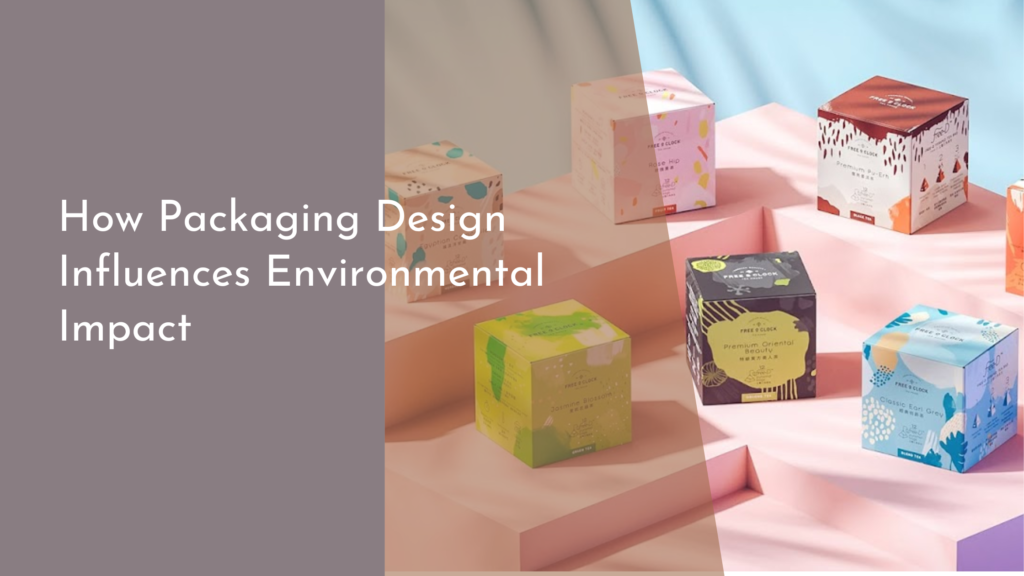Green Architecture Techniques for Urban Spaces
In an age where urbanization is soaring and environmental concerns are at an all-time high, green architecture emerges as a beacon of hope for sustainable living. Urban spaces, with their concrete jungles and bustling lifestyles, seem like unlikely candidates for eco-friendly design. However, architects and urban planners worldwide are now harnessing innovative techniques to integrate nature into the fabric of cities. This article delves into the essence of green architecture, explores cutting-edge techniques used in sustainable urban design, showcases real-life examples, and ponders the future prospects of this promising trend.
Understanding the Essence of Green Architecture
Green architecture, at its core, is about minimizing the environmental impact of buildings and urban spaces. It involves the thoughtful design of structures that not only reduce the consumption of resources but also enhance the well-being of their inhabitants. The essence of green architecture lies in its holistic approach to sustainability, incorporating elements such as energy efficiency, water conservation, and the use of renewable materials. By focusing on these principles, green architecture aims to create harmonious spaces that coexist with the natural environment, rather than dominate it.
Furthermore, green architecture extends beyond the physical design of buildings. It encompasses a broader vision of urban planning, where communities are designed to be walkable, connected, and inclusive. This approach prioritizes the health and happiness of city dwellers by promoting active transportation, enabling access to green spaces, and fostering a strong sense of community. Ultimately, green architecture is not just about constructing eco-friendly buildings, but about redefining urban living to create cities that thrive in harmony with nature.
Innovative Techniques for Sustainable Urban Design
One of the cornerstones of green architecture in urban spaces is the integration of green roofs and walls. These living structures not only add a visual appeal to otherwise stark buildings but also contribute significantly to reducing urban heat, improving air quality, and managing stormwater. Green roofs provide insulation, reduce energy consumption, and create habitats for urban wildlife. Meanwhile, green walls can serve as natural air filters, trapping dust and pollutants while adding a touch of greenery to cityscapes.
Another groundbreaking technique is the use of smart building technologies. These innovations allow buildings to optimize their energy usage through intelligent systems that adjust lighting, heating, and cooling based on occupancy and external weather conditions. By harnessing the power of data and automation, smart buildings can significantly reduce their carbon footprint. Additionally, incorporating renewable energy sources such as solar panels and wind turbines into building designs ensures a sustainable energy supply, furthering the goals of green urban architecture.
Real-Life Examples of Green Urban Spaces
The Bosco Verticale in Milan, Italy, is a striking example of green architecture in an urban setting. These residential towers are adorned with over 20,000 trees and plants, creating a vertical forest that serves as a lung for the city. Not only does this innovative design provide natural insulation and reduce energy consumption, but it also creates a habitat for birds and insects, increasing urban biodiversity. Bosco Verticale has become an iconic symbol of sustainable urban living, inspiring similar projects worldwide.
Another notable example is the High Line in New York City, a former railway line transformed into an elevated urban park. This creative adaptation of space demonstrates how green architecture can revitalize urban areas and enhance the quality of life for city residents. The High Line not only offers a peaceful retreat amidst the bustling city but also incorporates native plant species, providing a haven for local wildlife. Its success has sparked a wave of similar projects, showcasing the potential of green architecture to breathe new life into urban environments.
Future Prospects and Concluding Thoughts
The future of green architecture in urban spaces looks promising as cities continue to embrace sustainable practices. Advances in technology and materials science are enabling architects to push the boundaries of what is possible, creating buildings that are not only energy-efficient but also regenerative. Emerging concepts such as biomimicry, which draws inspiration from nature to solve human challenges, hold great potential for the development of resilient urban environments. As more cities adopt these forward-thinking approaches, the dream of sustainable urban living becomes increasingly attainable.
In conclusion, green architecture represents a vital shift towards more sustainable and livable urban spaces. By integrating nature into cityscapes and adopting innovative techniques, architects and planners are paving the way for a healthier, more harmonious relationship between urban environments and the natural world. As we look towards the future, the continued growth and evolution of green architecture will play a critical role in shaping cities that not only meet the needs of their inhabitants but also protect and preserve the planet for generations to come. With a cheerful outlook, we can anticipate a future where thriving urban centers coexist with vibrant ecosystems, demonstrating that sustainability and urban life can go hand in hand.

